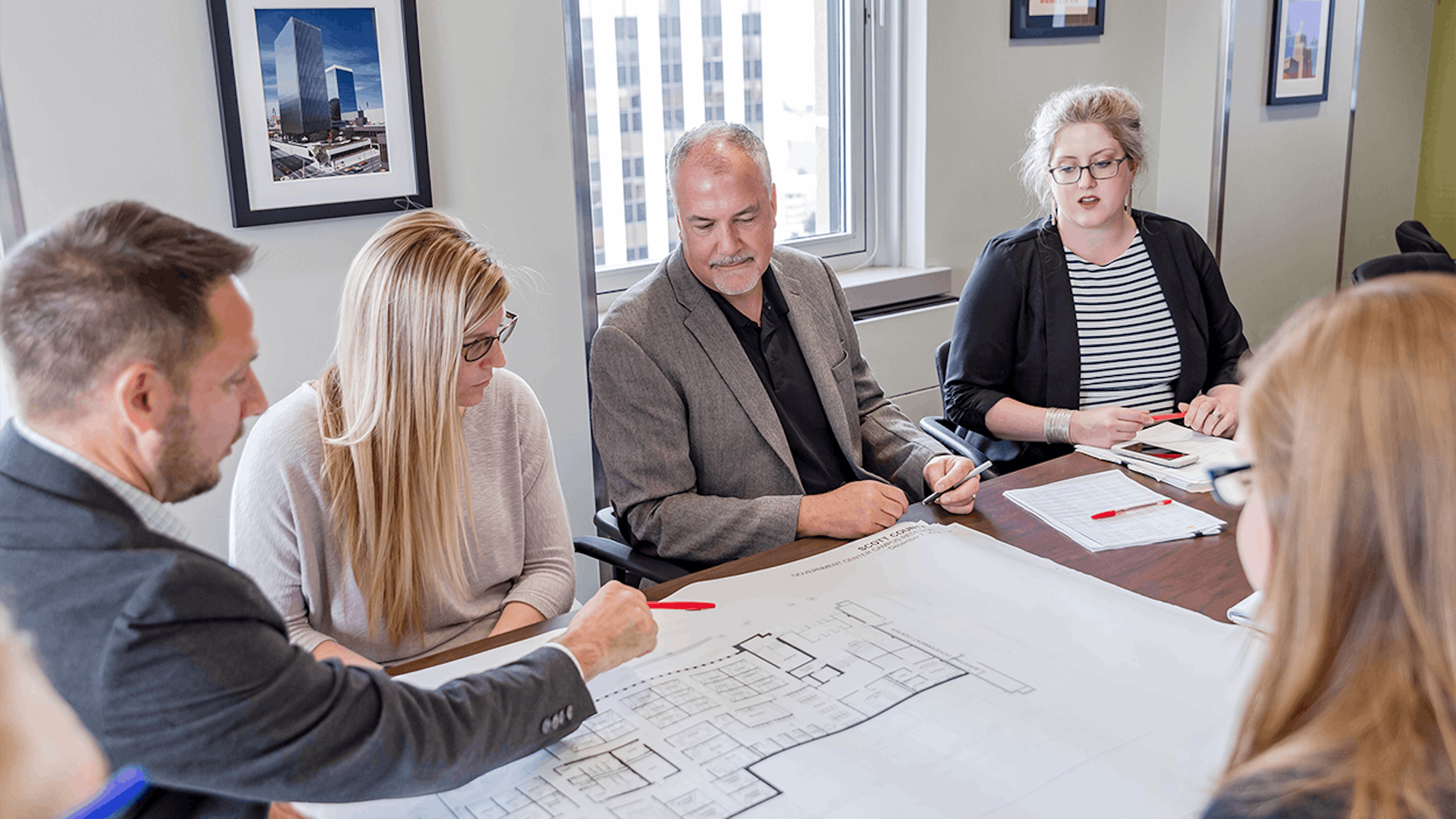
We understand your need to continue to deliver services while there is still a risk of COVID-19 transmission. It will be necessary for building operators to take the precautions to provide a safe and healthy work environment and address the concerns and anxieties of the public and staff.
The most recent CDC update states that the primary mode of transmission for COVID-19 is through close person-to-person contact mainly through respiratory droplets produced when an infected person coughs, sneezes or talks. Some evidence suggests aerosol transmission over greater distances. Studies also suggest that it is also possible for transmission to occur from touching contaminated surfaces. We recommend that building owners take a holistic approach and re-evaluate their operations and procedures in each of the following areas that are known to be effective in reducing the risk of spreading the virus.
The following document focuses on engineered building systems and considerations to improve their ability to provide a healthy school environment. The attributes of the engineered building systems that would mitigate the risk of air borne particle transmission is wide ranging and includes the following:
Each building site and system is unique and the specific site conditions will inform how practical it is to address all of the attributes in each condition. Some of the considerations should be part of normal maintenance procedures and do not require additional funding to complete. Some of the considerations will take a range of funding, affect the on-going operational cost, or require hiring specialized service. The following separates the wide range of considerations into categories to aid in determining the right approach.
Read the full checklist here.